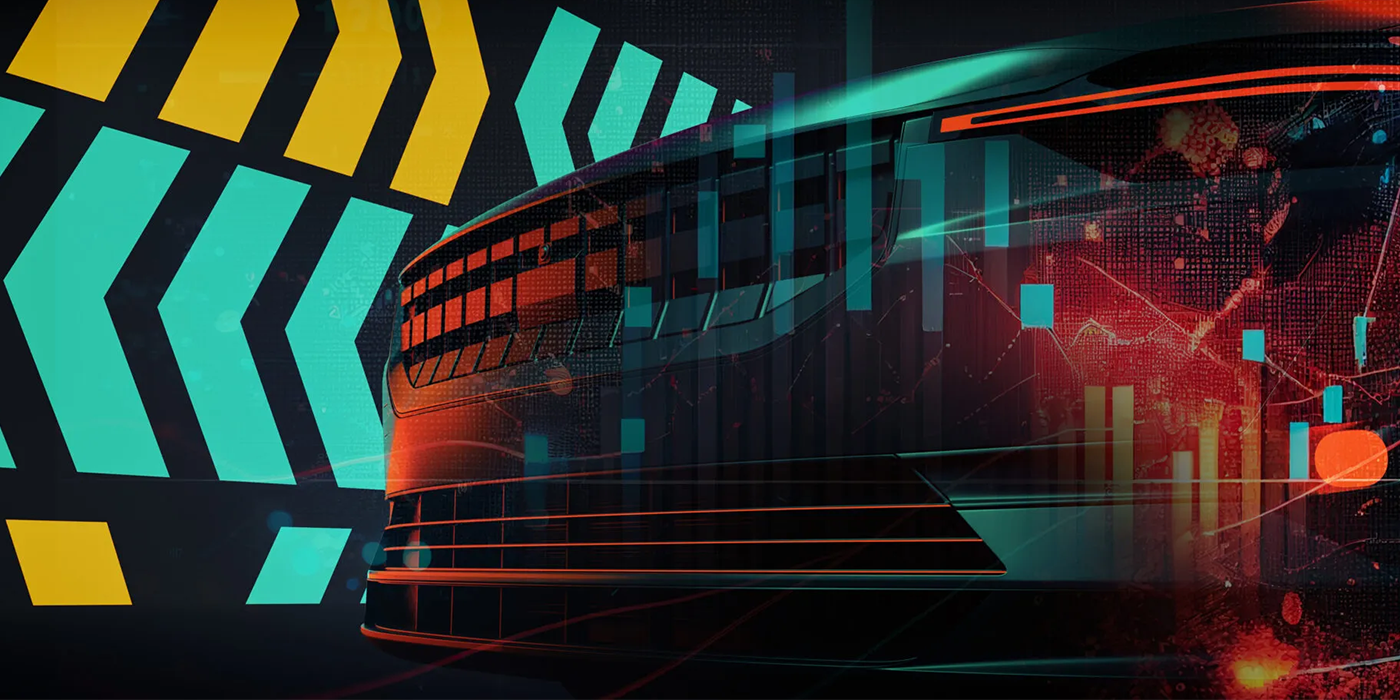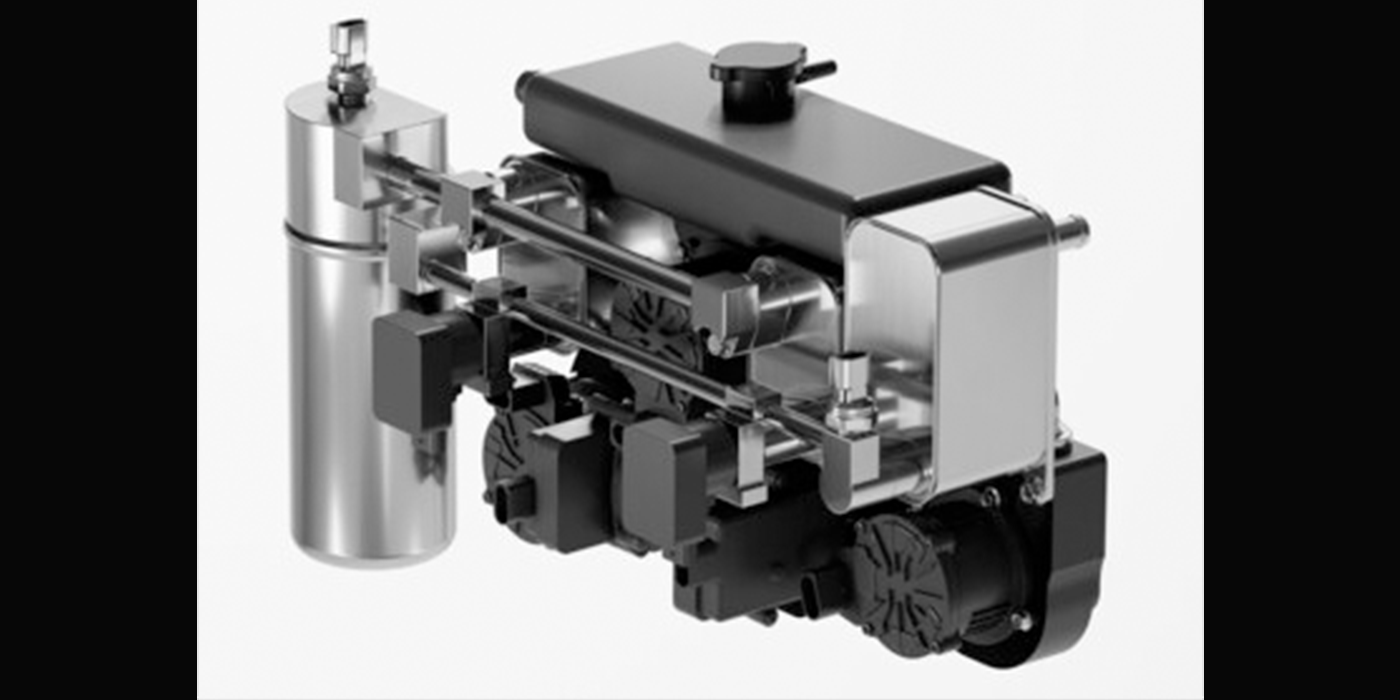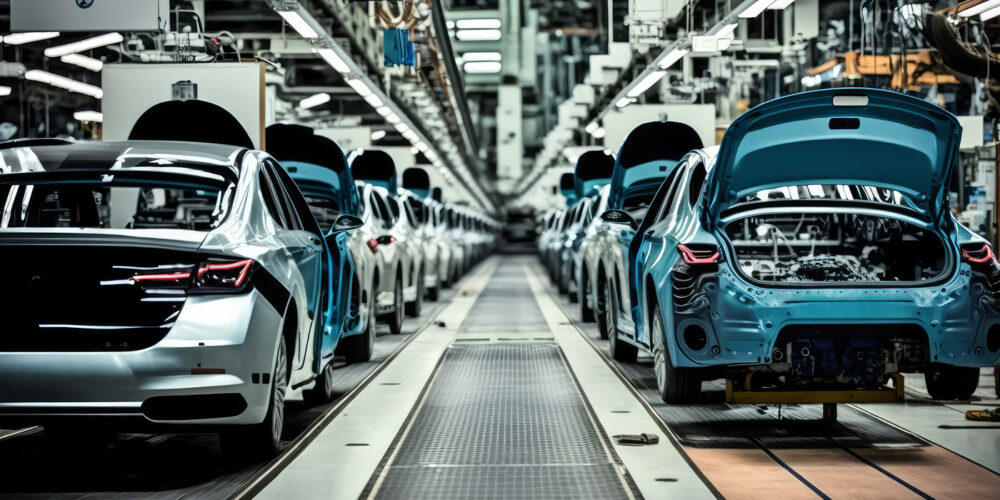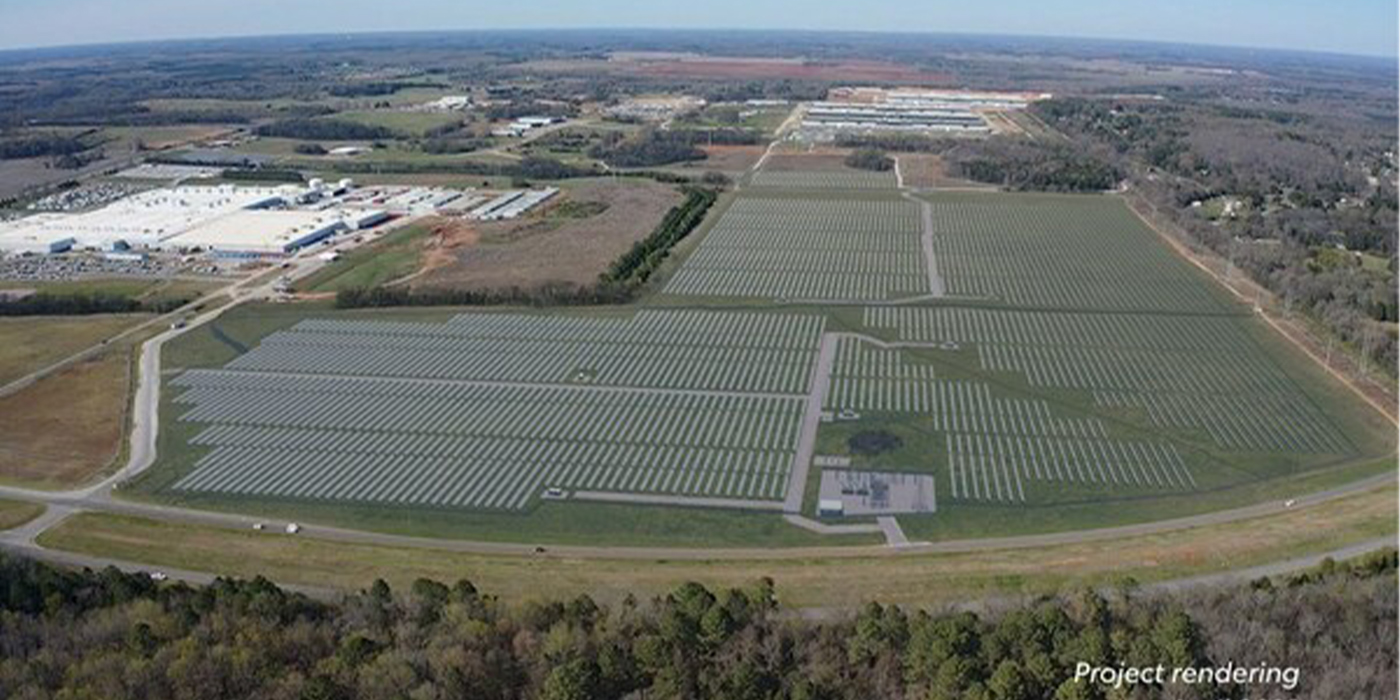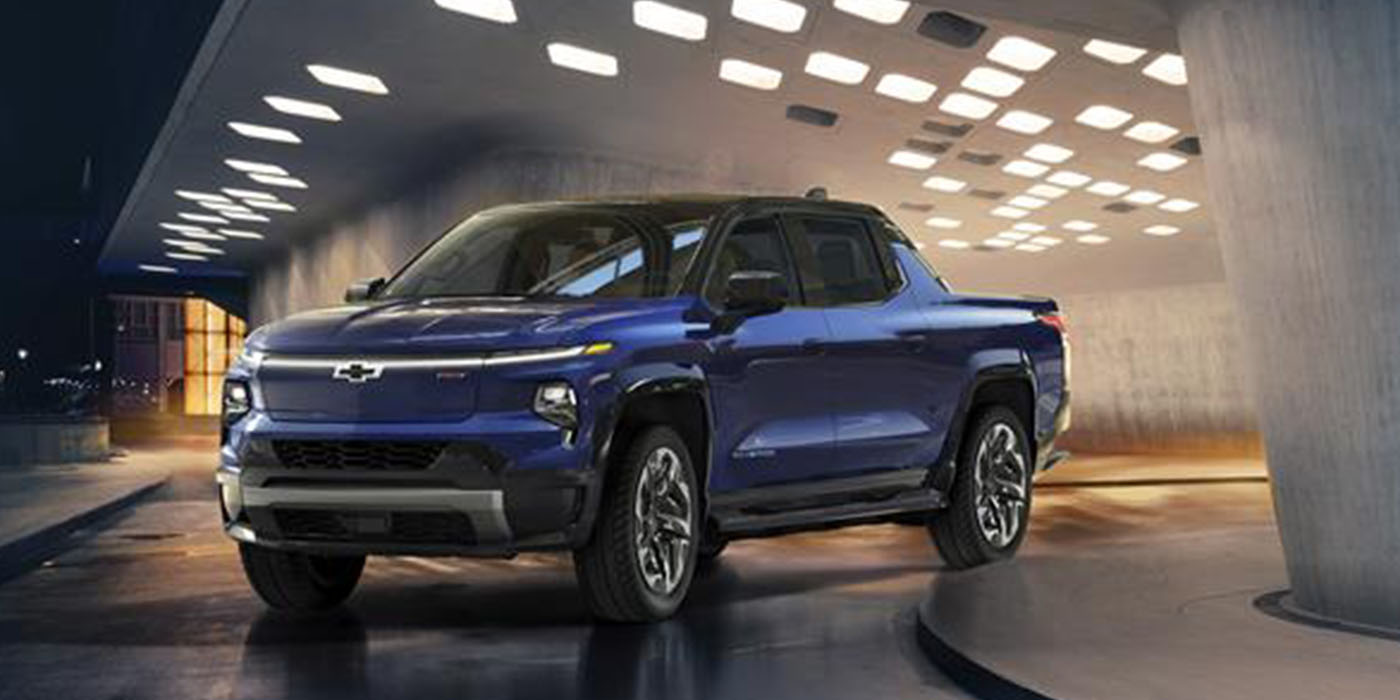From AFX News Limited
DEARBORN, MI — The relatively quick-and-easy answer to foreign oil dependence and automotive greenhouse gas emissions is circling the grounds every day at Orlando International Airport in Florida, according to a top Ford Motor Co. official. It’s a utilitarian 12-passenger parking lot shuttle bus powered by a 6.8-liter internal combustion hydrogen engine, which Ford officials said is their hydrogen technology that’s closest to mass production.
"We really believe this technology is ready to be evaluated at the consumer level," John Lapetz, the company’s program manager for the buses, told reporters on Tuesday at an event staged to tout Ford’s future vehicles.
About 30 E-450 Hydrogen shuttle buses are working across the U.S. and Canada, and Ford engineers are monitoring them electronically in real time, Lapetz said. The vehicles, powered by a modified gasoline engine, have near zero emissions and get up to 13 percent better fuel economy than their gasoline counterparts, he said.
Nearly every automaker is testing hydrogen-powered vehicles across the world, touting them as a renewable alternative to gasoline.
Lapetz said Ford has the ability to bring internal combustion hydrogen technology to market in cars within five years. But that’s only if fuel storage limitations can be solved, public fear of hydrogen can be allayed, filling stations set up, and gas prices stay high.
"The technology is there at a sufficient level, in the three-to-five year window, if all things were perfect, we could reasonably think this is a solution we could draw on," Lapetz said. "We’re not really talking about invention, that’s the thing. We know how to manufacture this kind of technology in high volumes."
That time frame is reasonable, Gurpreet Singh, team leader for engine and emission control technologies with the U.S. Department of Energy, said Tuesday.
"You’re taking the base gasoline engine and modifying that. You don’t need to have anything that’s very exotic," he said.
The Energy Department also says hydrogen can be used as safely as other common fuels if handled properly.
Four of Ford’s $250,000 buses currently are in service in Orlando, two at the airport and two with the convention bureau. Ford has incurred the design costs and relies on partners to pay for the buses, in this case the Florida Department of Environmental Protection. The buses’ range is limited to 150-200 miles by fuel storage technology, and they cost far more than the roughly $70,000 Ford charges for shuttles powered by gas engines.
The first Orlando bus started shuttling passengers in April and has performed reliably, said Carolyn Fennell, spokeswoman for the Greater Orlando Aviation Authority.
Internal combustion hydrogen could be a bridge toward the ultimate hydrogen vehicles powered by fuel cells, which are as far off as 2015 or beyond, said Scott Staley, chief engineer of Ford’s hydrogen and fuel cell technology department.
Internal combustion hydrogen engines give off a small amount of pollution because they burn lubricants, Lapetz said. Fuel cell vehicles, on the other hand, use hydrogen to produce electricity that fuels an electric motor. They are quieter than gasoline engines and their only waste product is water.
Despite the small amount of pollution, the internal combustion hydrogen engines have another advantage, and that is a far lower cost than fuel cells, Lapetz said.
"It doesn’t have the sizzle of a fuel cell, but it’s got the steak of the meal," he said.
Copyright 2007 AFX News Limited. All Rights Reserved.


